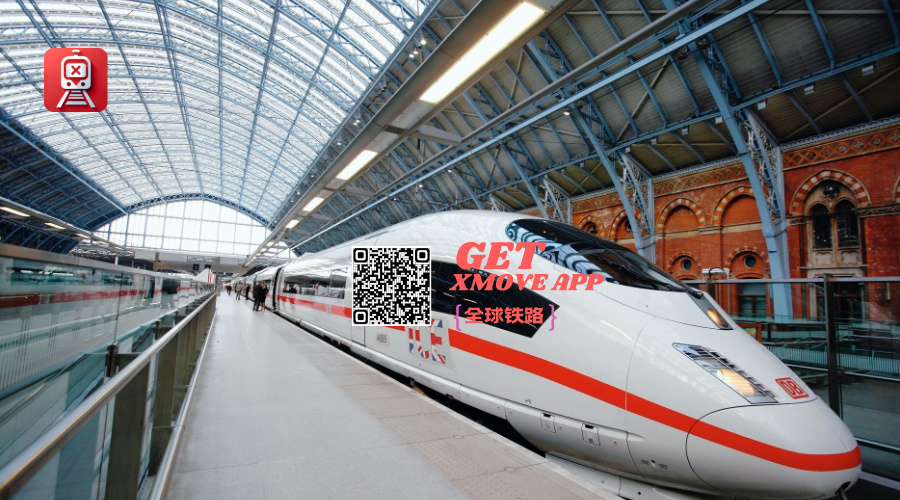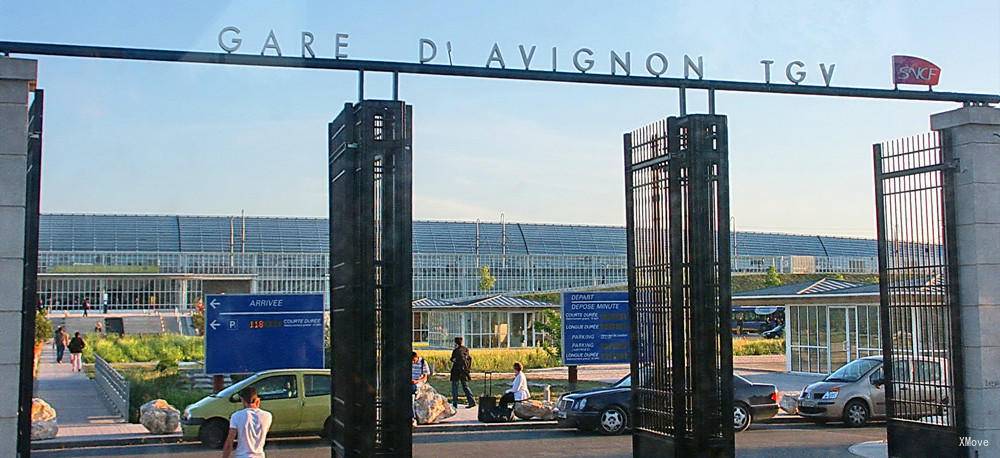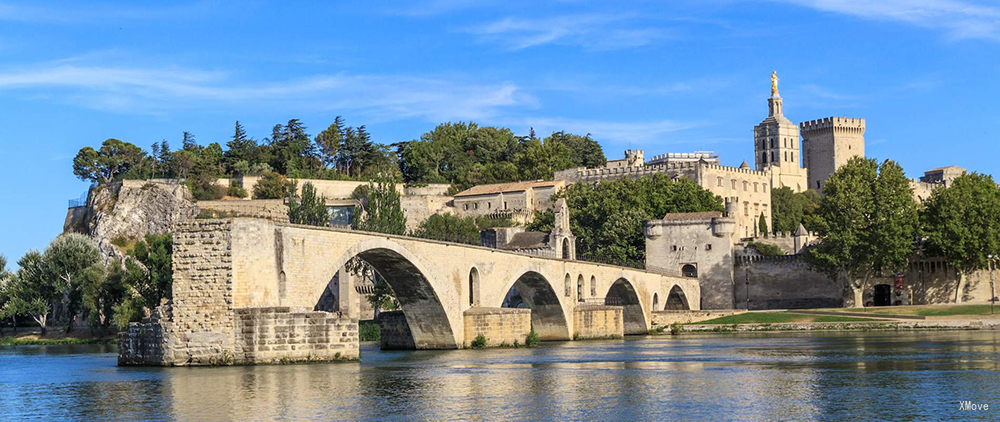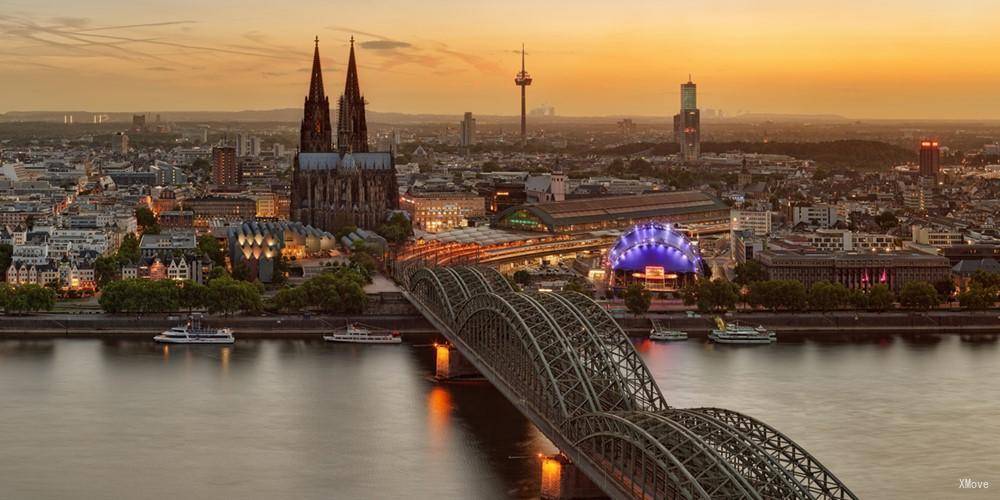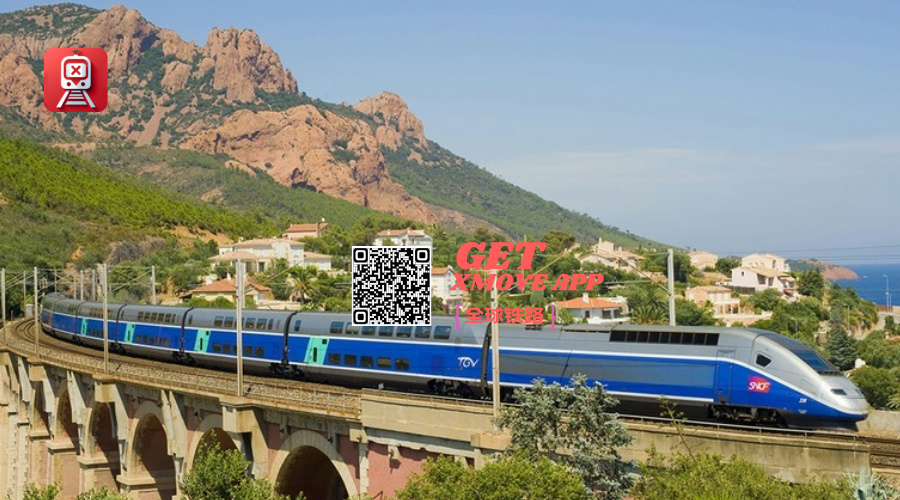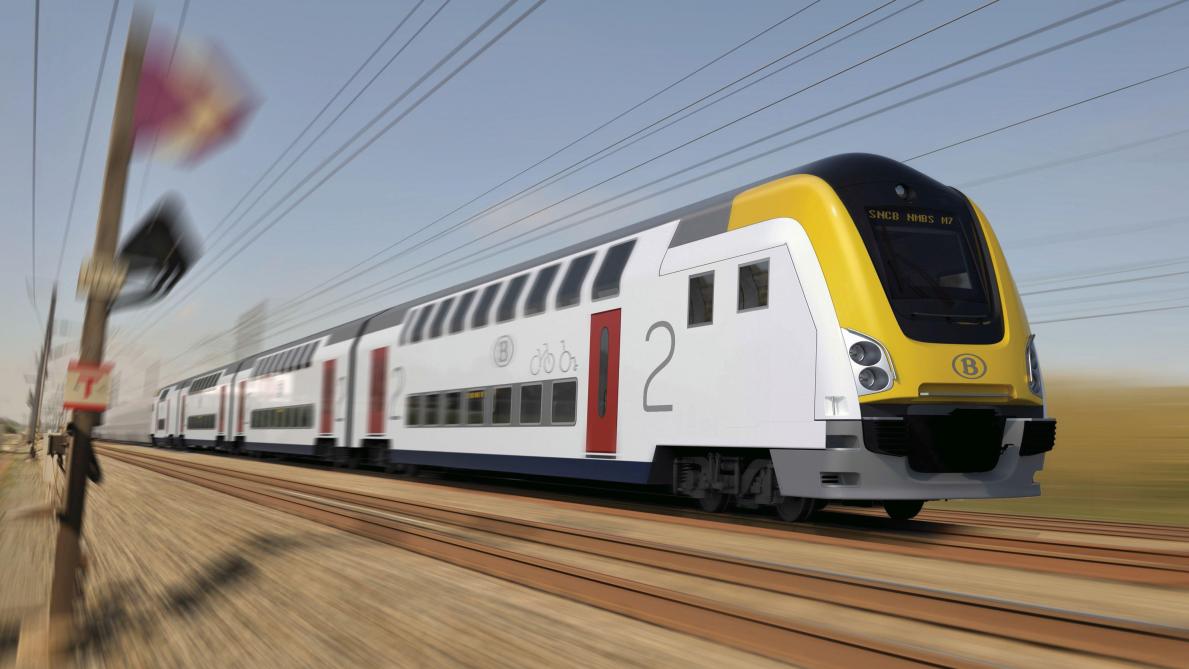Avignon
City Overview
Avignon (known as Avignon in Taiwan), she is a world famous historical and cultural city, the heart of Provence, also known as the "Church of the Pope." It is also home to the Avignon Theatre Festival, a world-famous theatre festival, which is a sacred place for theatre lovers every July. Not far from the east of Avignon, it is the backdrop of the book "The Year of the Mountain" - Luberon, with its distinctive towns and lavender fields; the city to the west It was the Saint-Rémy-de-provence where Van Gogh lived, the sunflowers depicted in his paintings, and many Roman ruins, such as the Pont dugard and the Nimes Arena. Arènes de Nîmes); the north of the city is the new darling of wine lovers in recent years - Pope Newcastle.
Avignon is surrounded by ancient walls, with attractions concentrated in the walls, and walking or taking a small train is the best way to explore the city. What must not be missed is the Papal Palace and the Broken Bridge (St. Benezer Bridge). Walking through the streets, visitors of different colors and races and different costumes become a unique landscape. Street crowds come and go, and the corner of the street is a quiet and peaceful atmosphere. The style of Provence is also perfectly interpreted in this small town of South France.
Must visit attractions
- ##### Palace of the Palais des Papes
The Palais is an ancient palace located in the southern French city of Avignon, the largest and most important medieval Gothic building in Europe. The Palais des Papes is not only the palace of the pope but also a fortress. During the fourteenth century, the Avignon Papal Palace was the seat of the Catholic Church. Six times in the history of the Pope's election was held in the Avignon Papal Palace, which selected Benedict XII (1334), Clemens VI (1342), and Enochianjue VI ( 1352), Urbano V (1362), I Am XI (1370) and Benedict XIII (1394, the opposite Pope).
Address: 6, rue Pente Rapide, 84000Avignon, France
* ##### Saint-Beneze Bridge Pont St-bénézet
The name of the broken bridge is St. Bennett Bridge, which is a famous bridge in the Middle Ages. Originally built between 1171 and 1185, the bridge spans the Rhone River and serves as the new city of Avignon connecting Avignon and the left bank. The original length was about 900 meters, but due to frequent flooding, the risk factor continued to increase. After the devastating flood in 1668, most of the bridge was destroyed and finally stopped. Since then it has been abandoned and no one has tried to fix it. The surviving bridge arches have also been collapsed or demolished. The original 22 bridge arches have only survived today and become today's "broken bridges". At the entrance to the bridge, there is an exhibition of “Bridge History”, which introduces the world's cultural heritage bridges; there is also an exhibition on the restoration of broken bridges.
Transportation: You can choose to take the Navette Remparts and get off at Pont St-bénézet.
- ##### Cathedral of Our Lady of Avignon Cathédrale Notre-Dame des Doms
Located next to the Papal Palace, the Cathedral of Our Lady was rebuilt in the mid-twelfth century and is the oldest religious building in Avignon. The church has a bell tower with a total of 35 clocks. It is said that the sound of the French bell tower is the second loudest. Each bell has its own name. Because the size is different, the sound is different. Now the clocks in the clock tower were all cast after the French Revolution, and the previous bells were all melted into cannons. Next to the Cathedral of Our Lady is the Le Jardin du rocher des Doms, the birthplace of Avignon's history. Today it is a public park and a great place for a walk.
Transportation: You can choose to take the bus 1/3/4/6/9/12 and the environmentally friendly car Baladine to get off at Place du palais.
Gourmet & Accommodation & Shopping
How can you not try the famous bouillabaisse in Provence? This one Michelin star restaurant is a well-known local restaurant that can taste authentic Marseille fish soup. Although it is next to the Palais, it is easy to miss because I can't see the name of the restaurant.
Avignon is a large city in the westernmost province of the Provence region. It is easily accessible and is suitable for towns that are considered to be Provencal locations, and then take a daily ride to the towns and cities of Provence. The popular Avignon train station is close to important attractions. Most hotels have parking lots and are conveniently located as a base for people planning to explore the area with cars.
There aren't many big shopping malls in Provence. It's very uneconomical to shop here. But Provence has a lot of specialties, which are suitable for bringing back as a commemoration or a gift, scattered in the street shop, and not The big market is the hallmark of this place. Les Halles is the largest market in Avignon, closed every Monday and all the time. The market is always north of the Republic Avenue, not far from the old railway station. Come to the market and just stroll around, you can buy a lot of special products for a small amount of money, and you can buy your favorite things with cheap and affordable prices. There are also many stalls selling old books and old records in the market. Friends who like to dig things can not miss it. Maybe they can find what they like.
Urban traffic
The centre of Avignon is small in size and the main attractions are in the city centre. So the city centre tour is within walking distance. Strolling through the ancient city of Millennium and watching the wonderful street art is also a pleasure in travel. However, due to the small size of the city center, most hotels and hotels are located outside the city center, so going to the city center in addition to taxis, taking the bus is one of the most economical and convenient ways. It is especially important to note that after you see your car coming, you must wave the driver to stop. When you arrive at the station, press the Stop button in the car to tell the driver that you want to get off.
Avignon - Guide, Attractions, Tours, Sightseeings | Train from/to Avignon | Popular Routes
